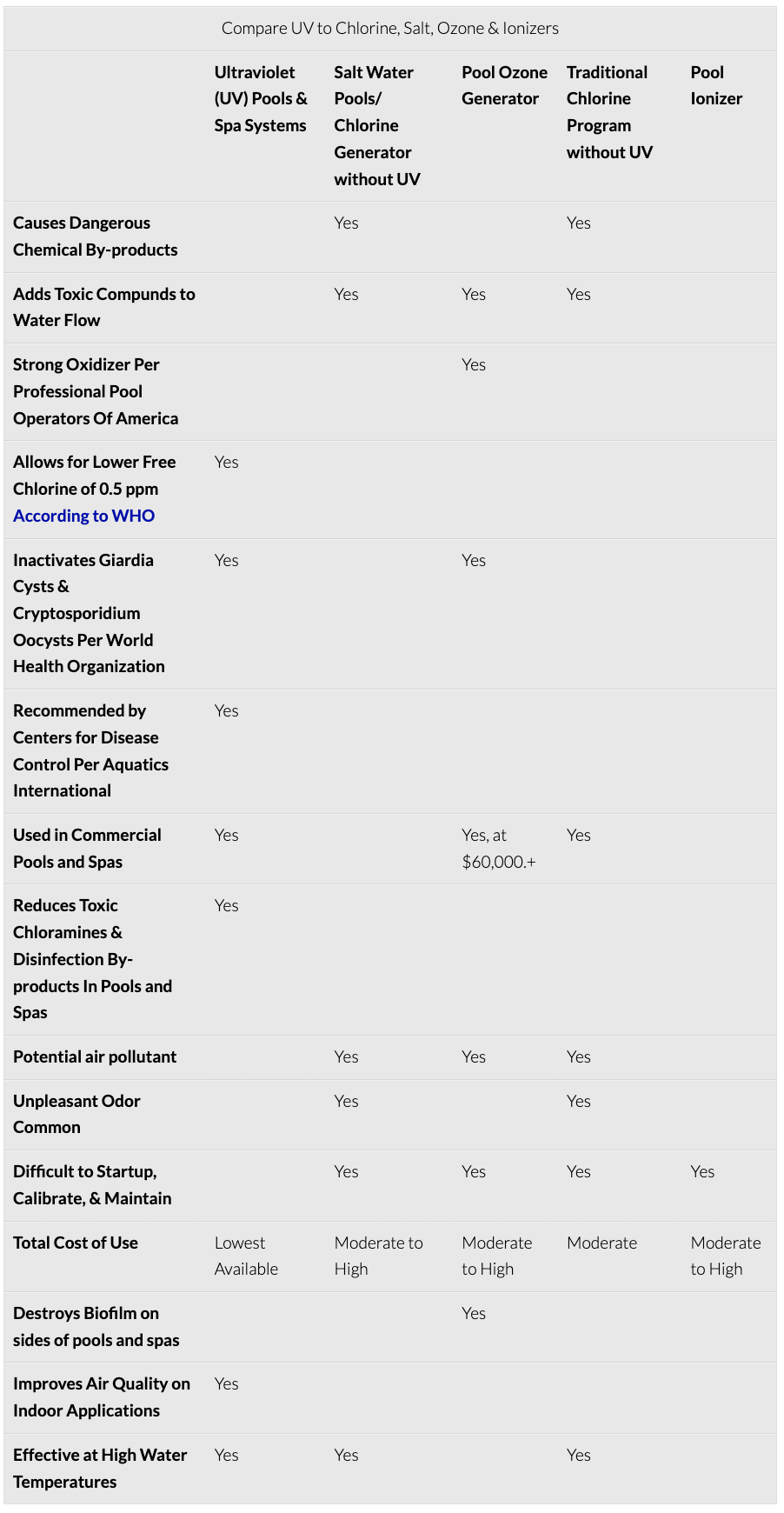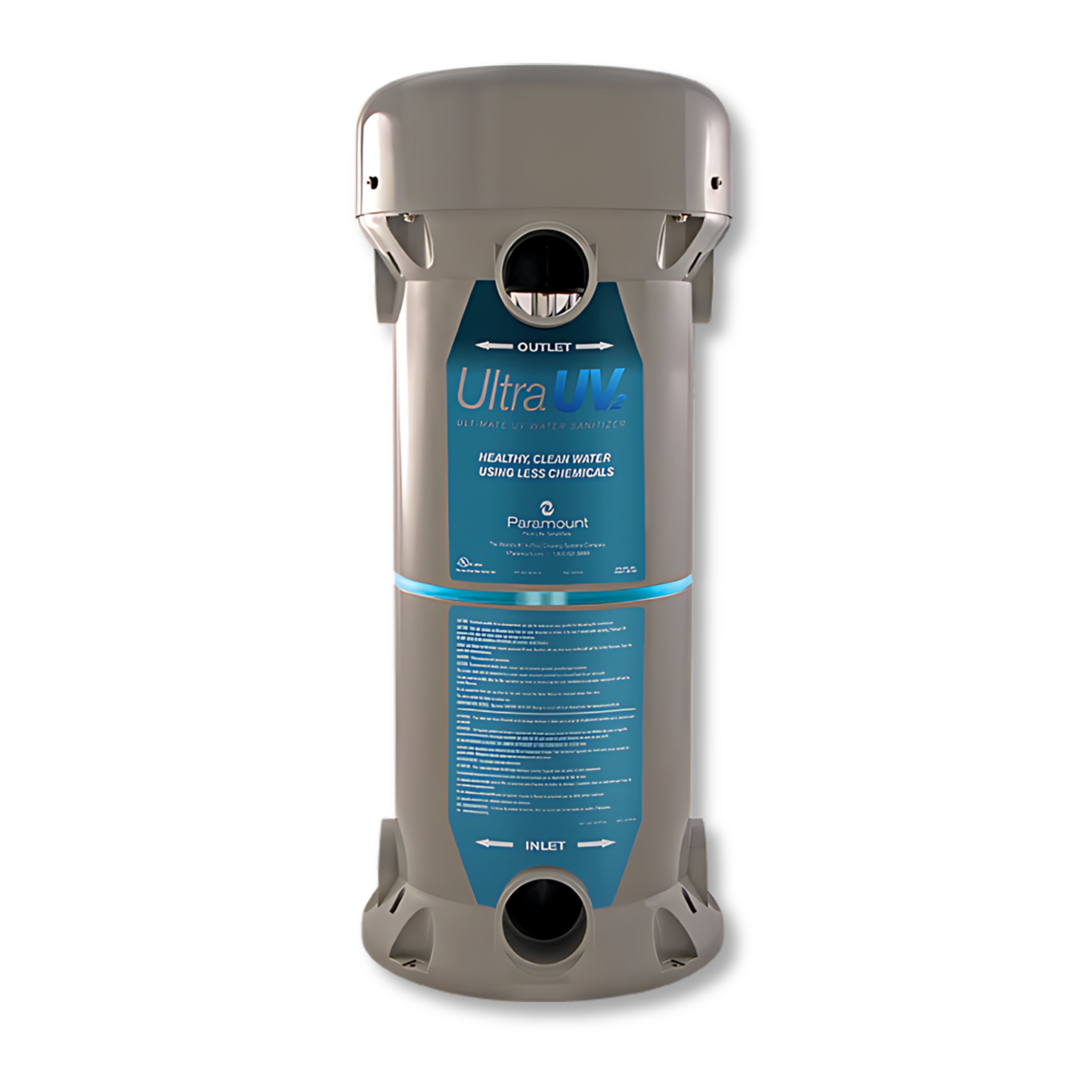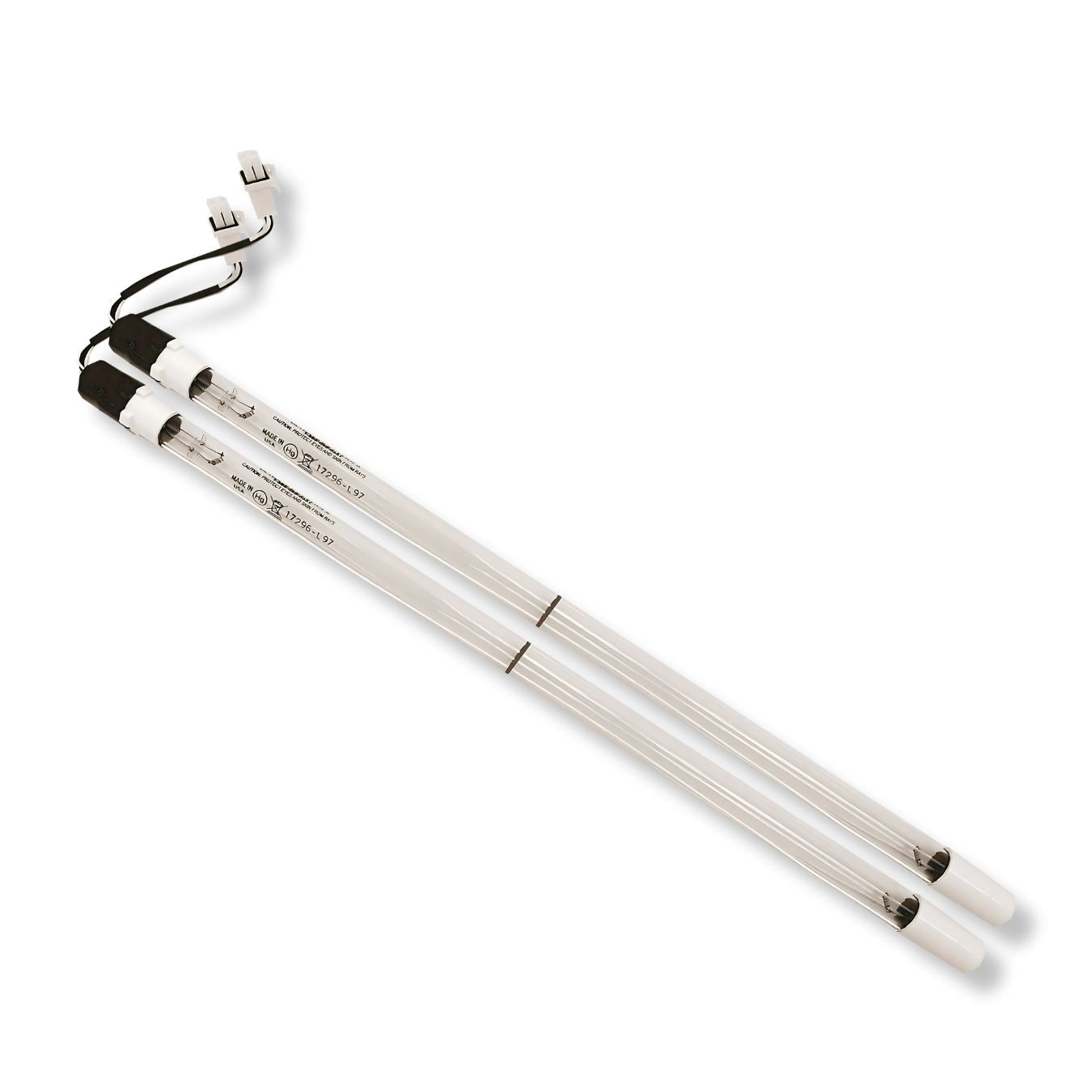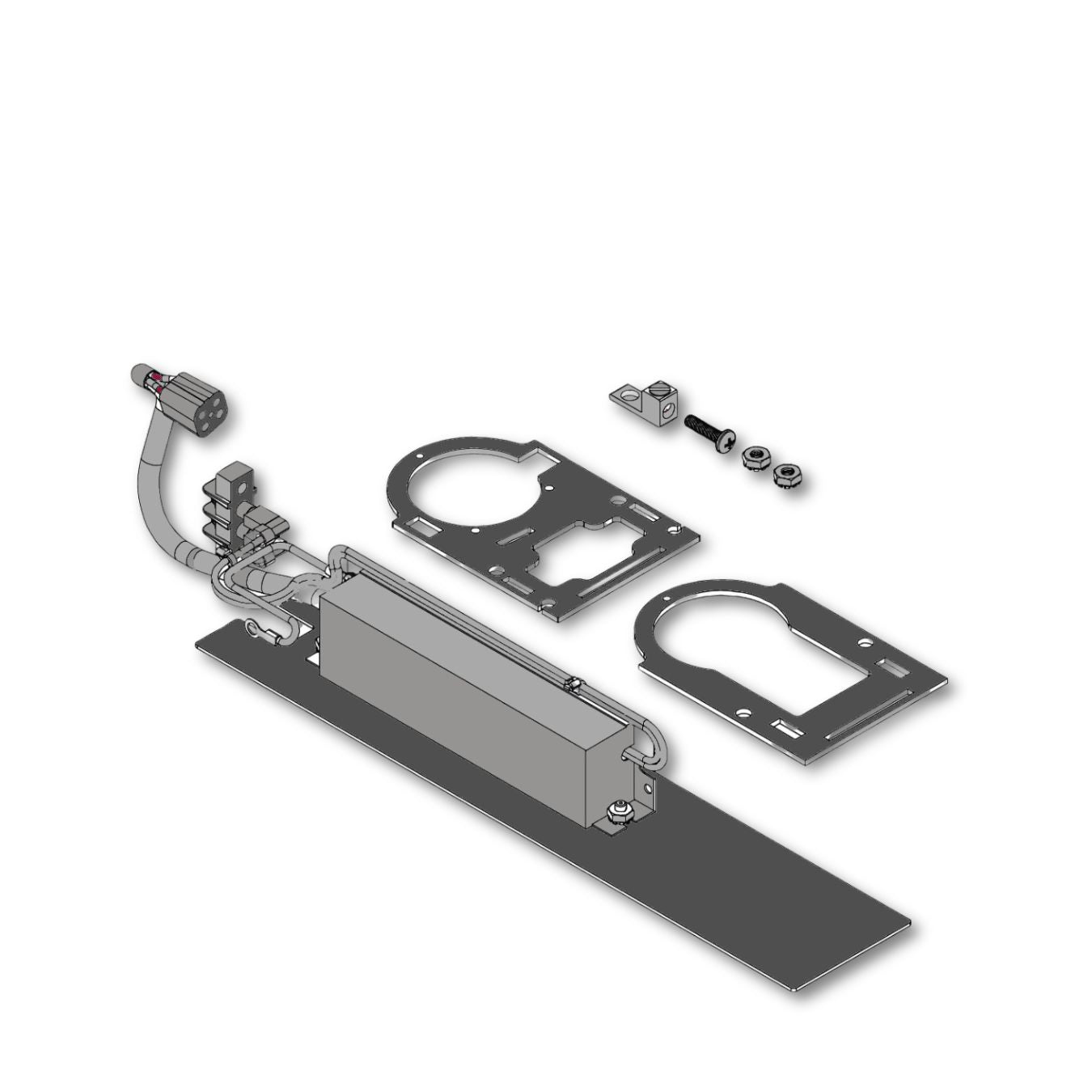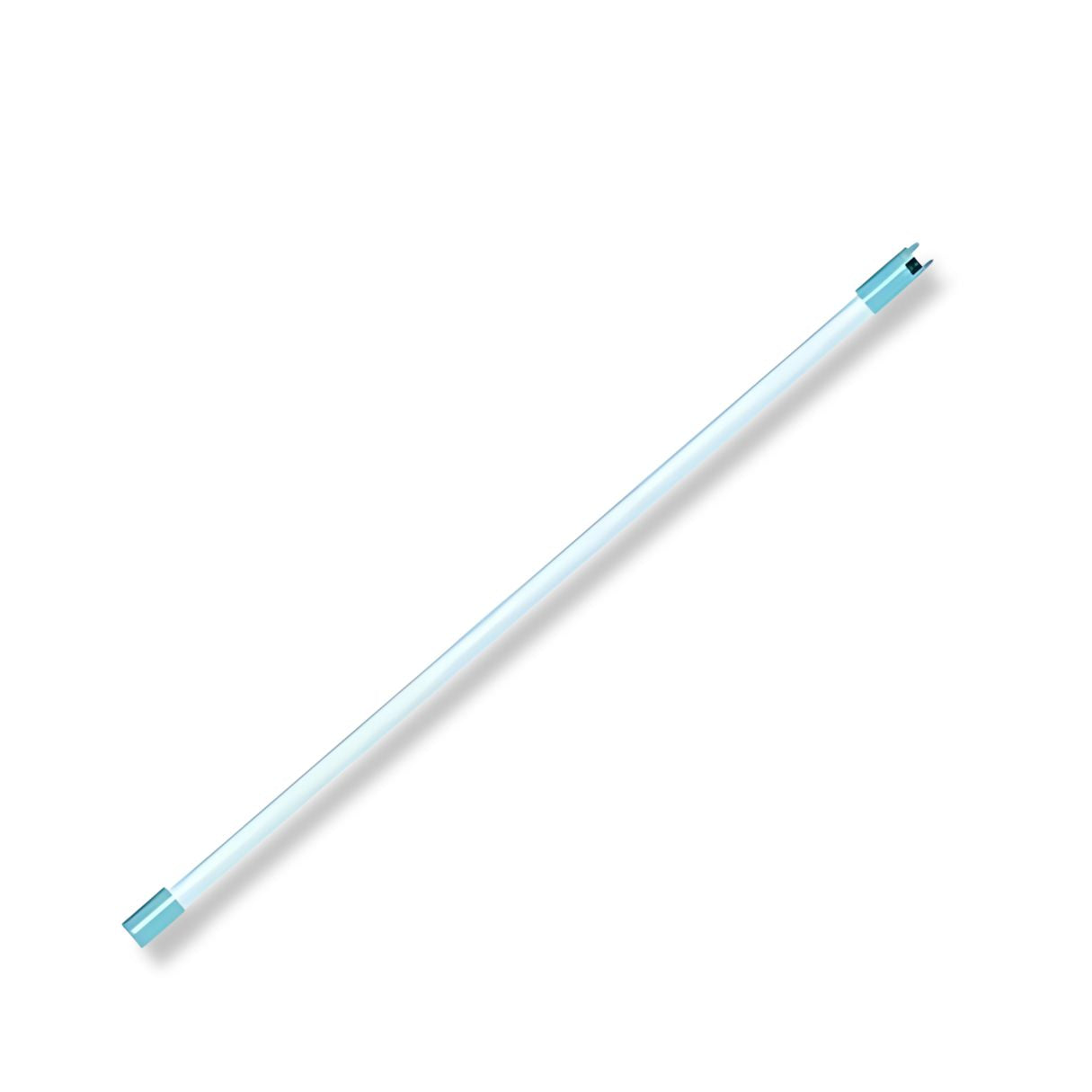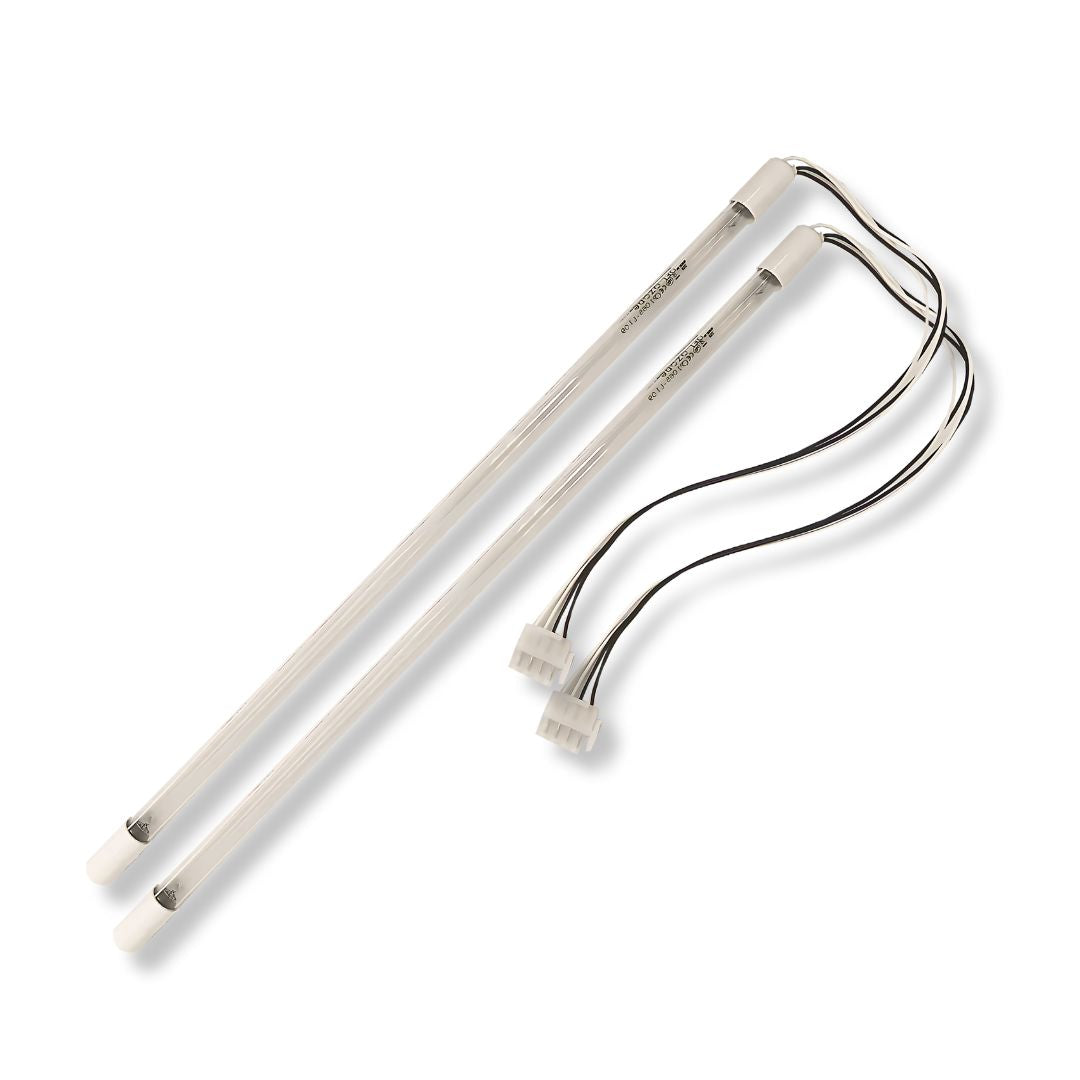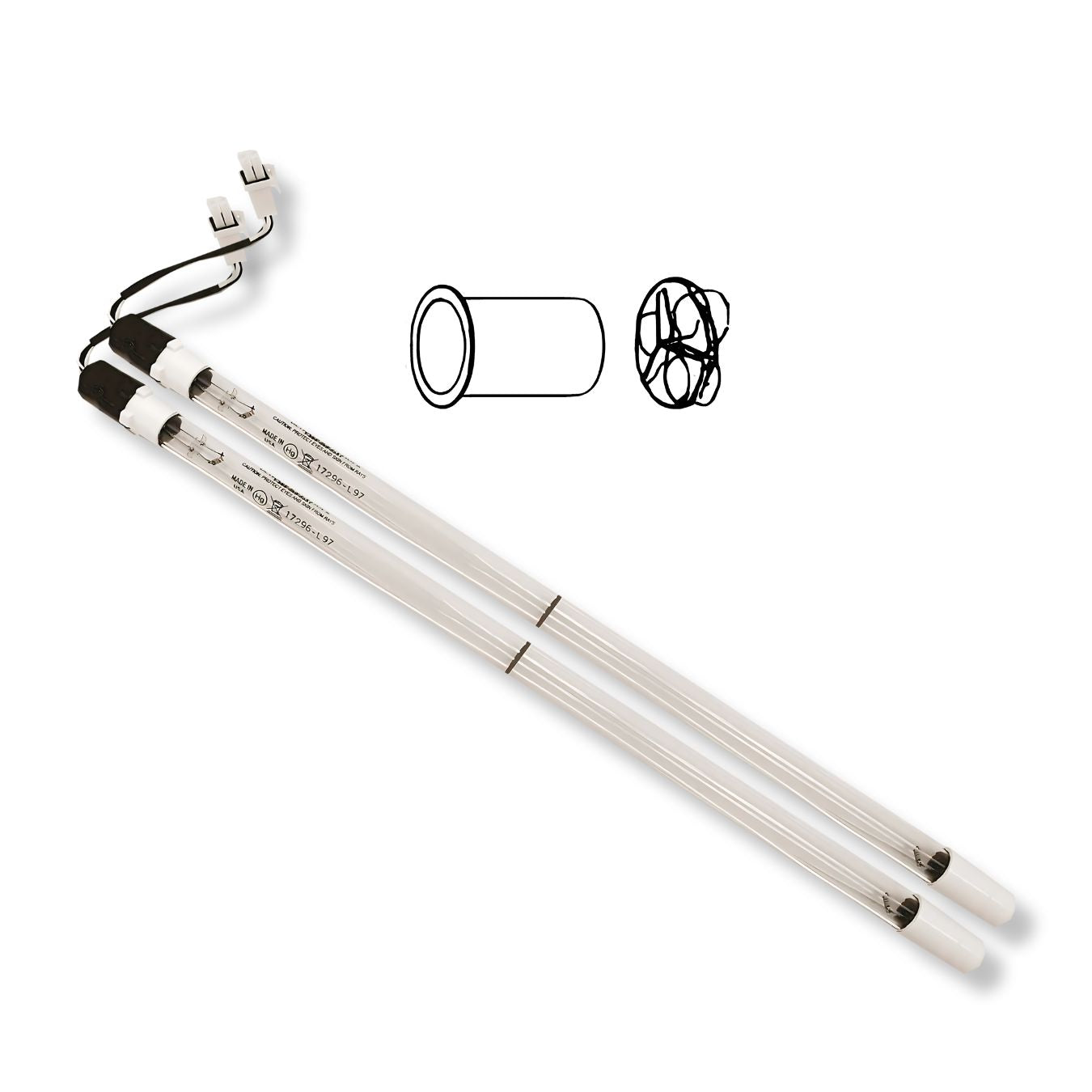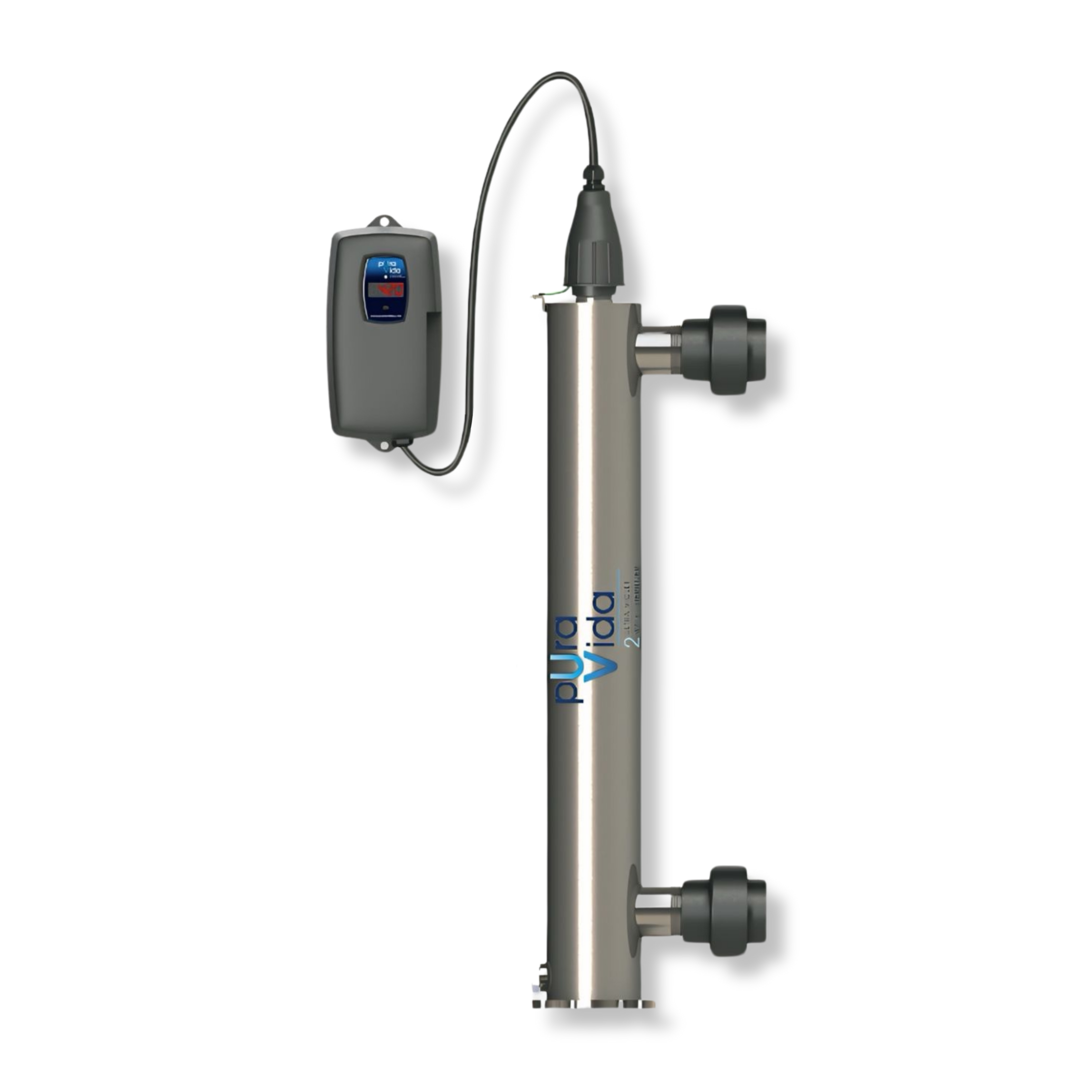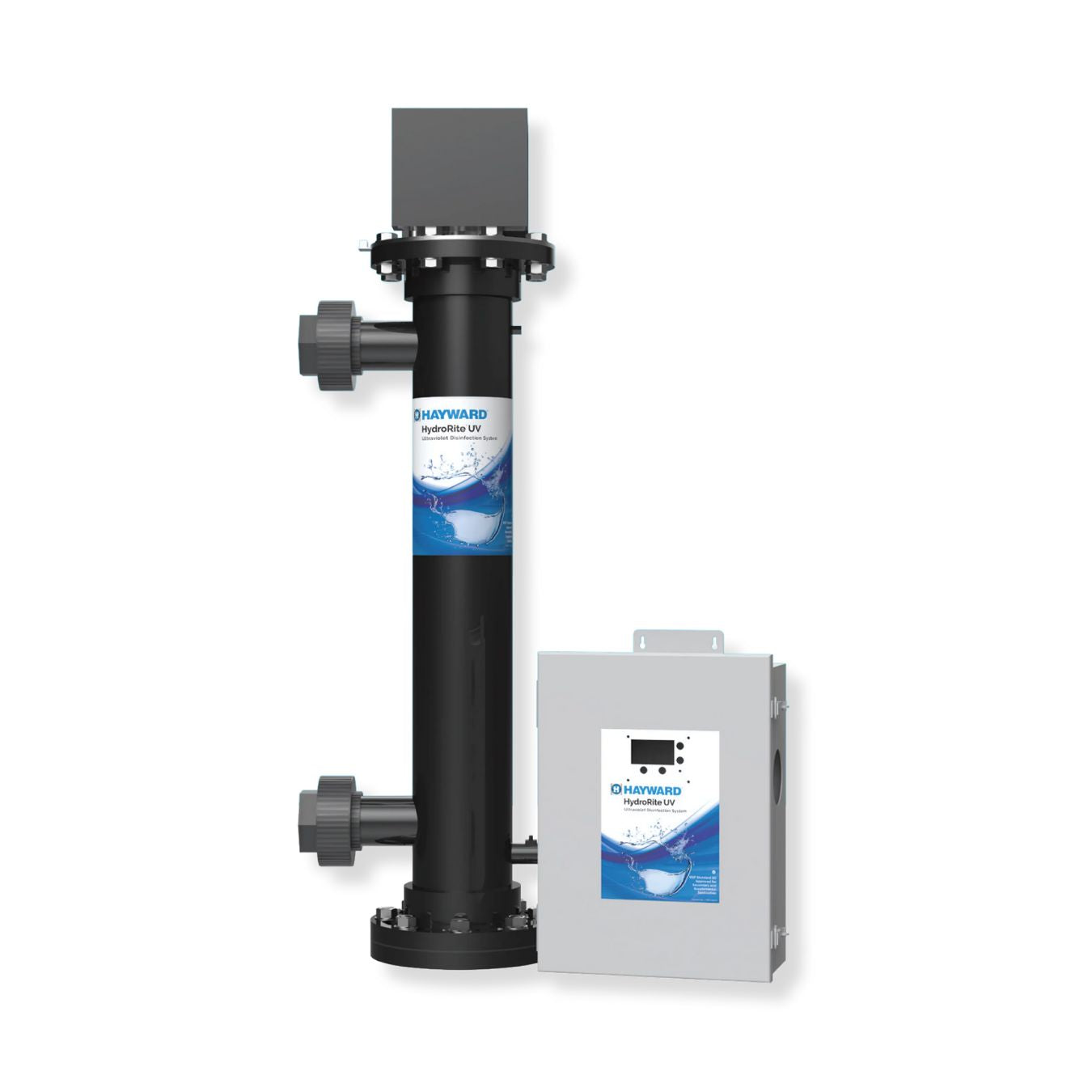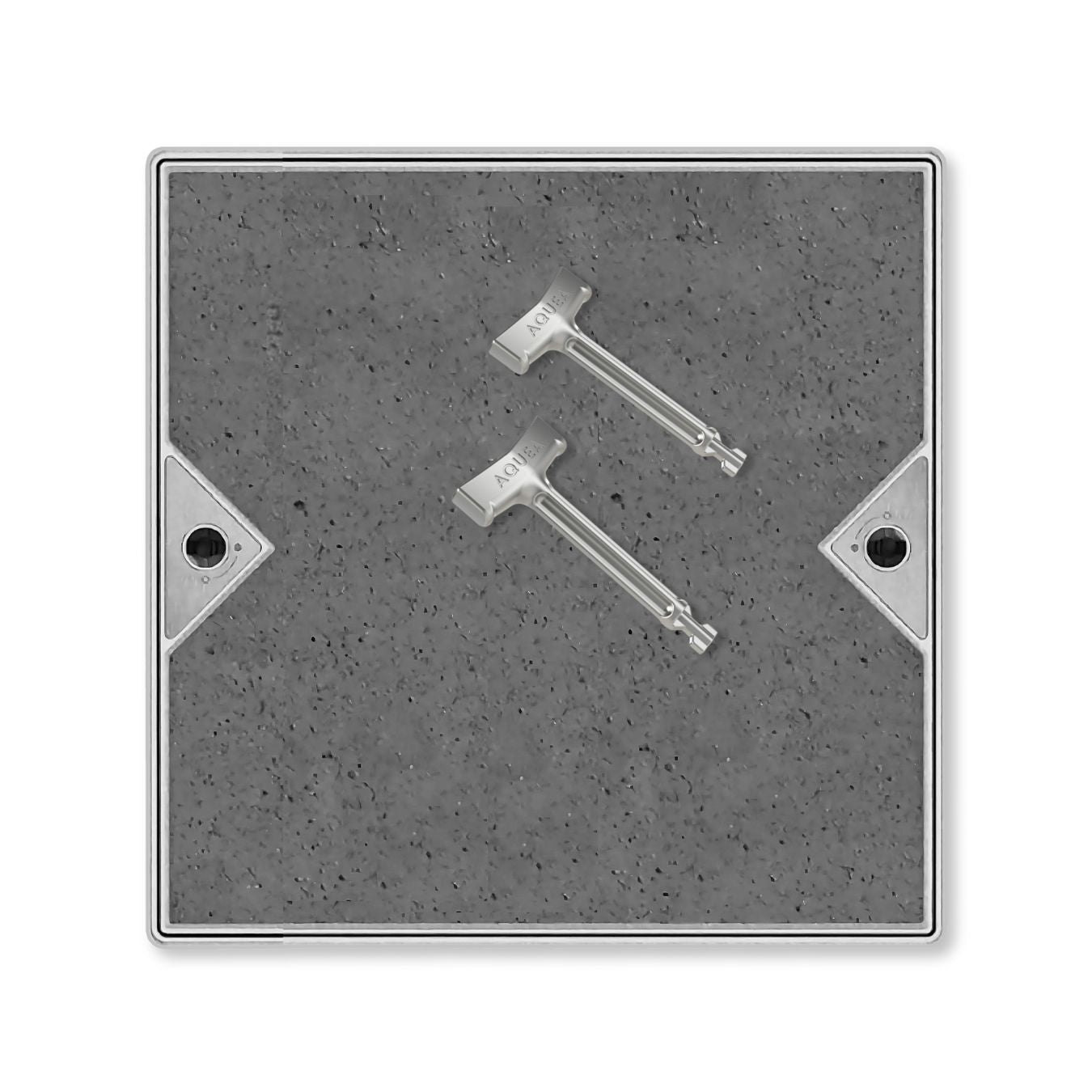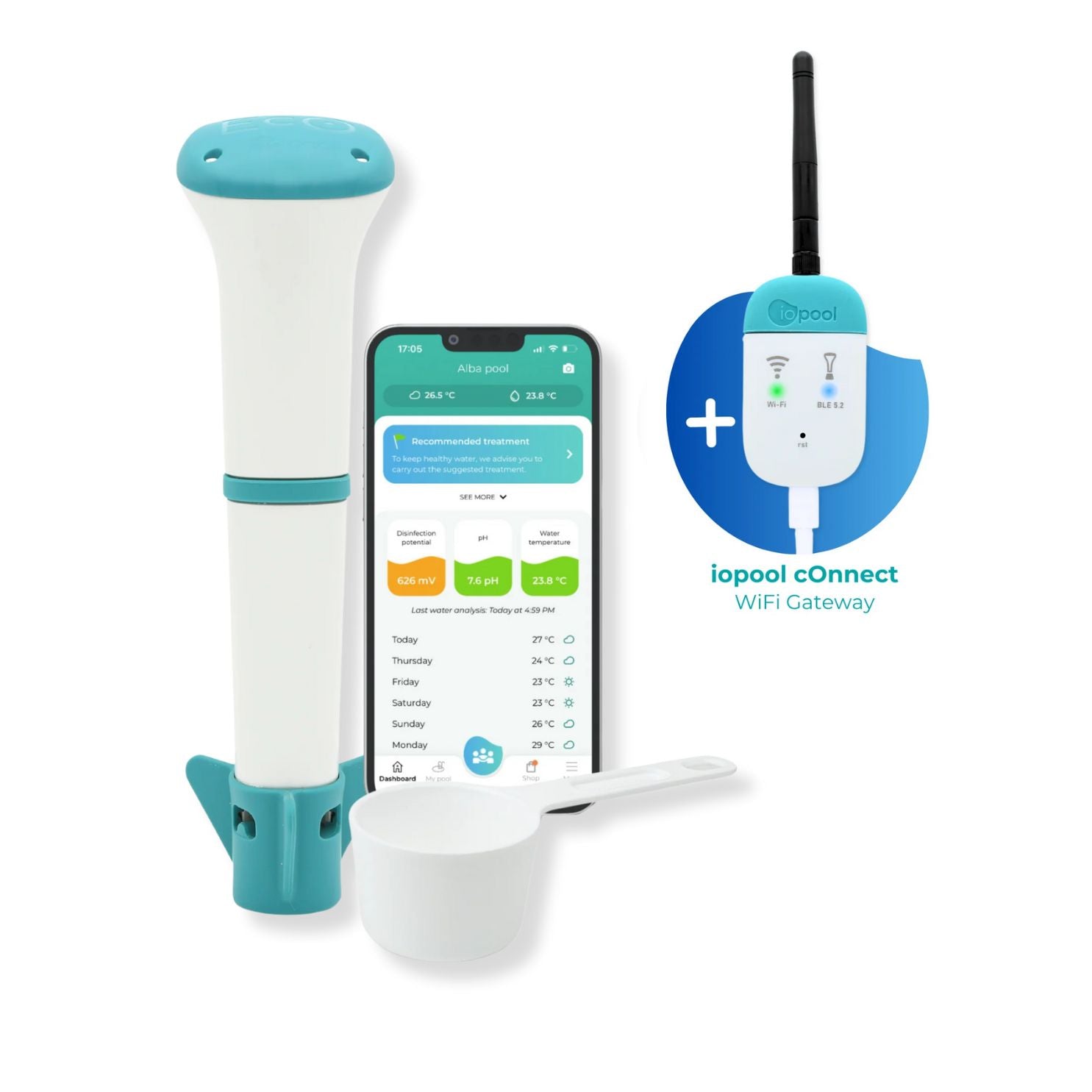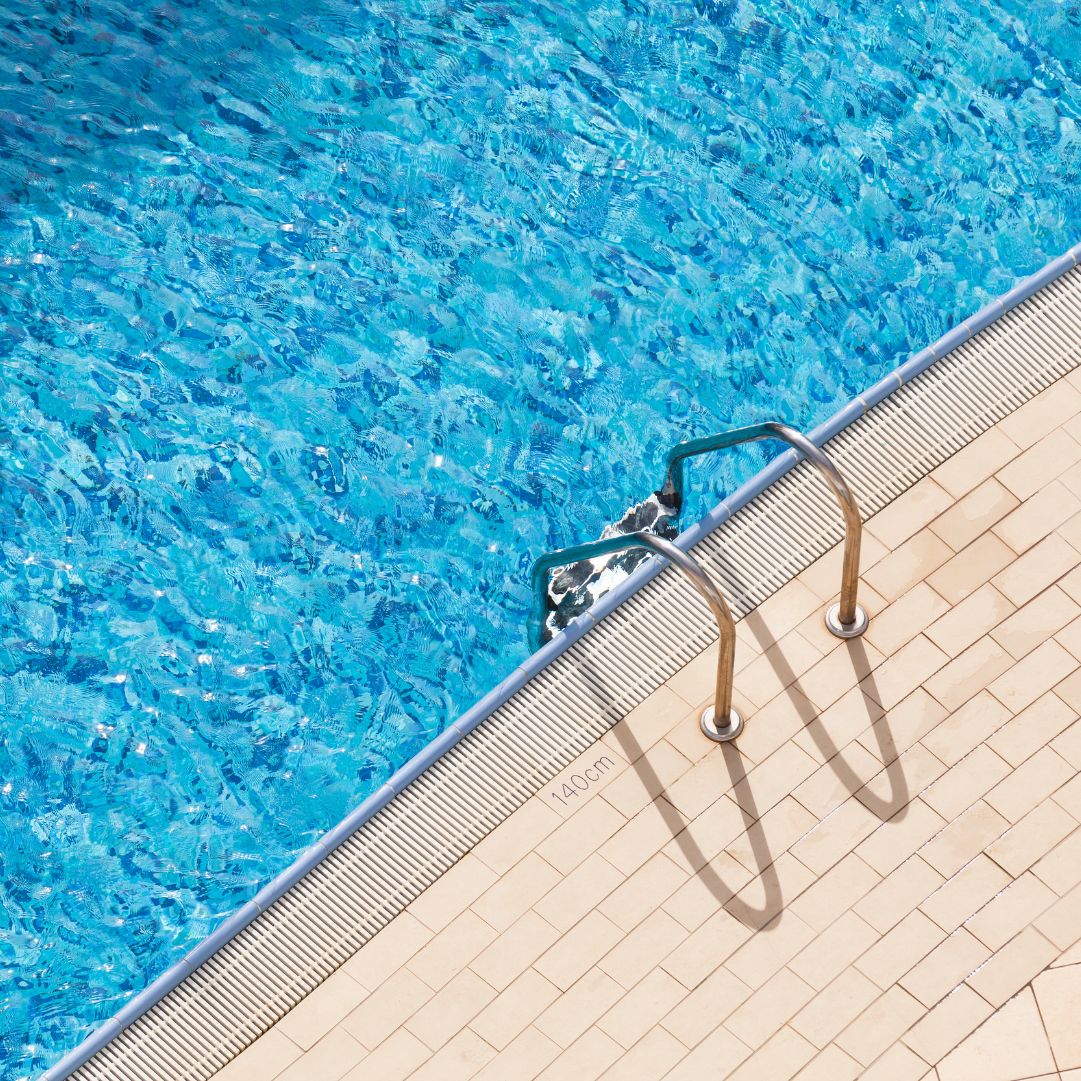

Ozone vs UV
In the past few years there has been a much greater awareness of the harmful effects of chlorine and its by-products. This awareness has lead pool and spa owners to search for alternatives harmful chemicals, hoping to have a safer, healthier bathing environment.
Although the end goal of both UV and ozone is a cleaner, healthier pool, the process by which that goal is achieved is different. While there are other methods of sanitizing pools and spas, these two alternatives have risen to the top in recent years, as a result of years of testing and technological improvements.
Ozone
Oxygen atoms are generally grouped in two’s (02) and can only be split up by force. When they are split, the loose single atoms attach to pairs and become ozone (03). This is a very unstable gas and therefore an effective oxidizer. Ozone gas that is generated by ultraviolet light or by corona discharge and is dissolved in water to kill microorganisms, destroy organics, and break down chloramines by oxidation. Due to it’s instability, it is short lived and reverts back to oxygen (02) shortly after it enters the water flow.
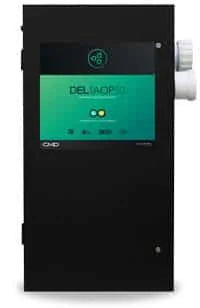
Ultraviolet (UV)
Most people are familiar with the UV rays from the sun; UV-A and UV-B. When we refer to UV for sanitation, we are referring to UV-C. Specifically, 254 nm, which is also referred to as germicidal UV. As water passes by the UV lamps inside the canister, the light will eliminate microorganisms, lower chemical usage, and eliminate toxic by-products. By disrupting the microorganism’s DNA, protozoans, viruses and bacteria are unable to replicate and remain inert.
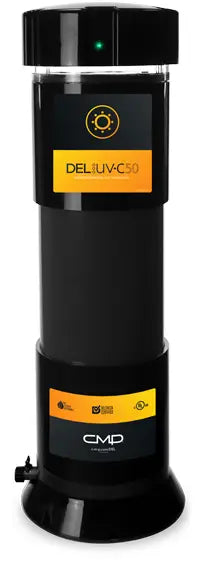
In the past few years there has been a much greater awareness of the harmful effects of chlorine and its by-products. This awareness has lead pool and spa owners to search for alternatives harmful chemicals, hoping to have a safer, healthier bathing environment. There has been a surge of pool and spa owners looking for alternatives to chlorine as the primary source of sanitation.
Although there are now many options to supplement chlorine, ozone and UV stand out as the most effective and practical. In fact, only UV and ozone are able to effectively eliminate pathogens that chlorine alone cannot. There is a key difference on how these two supplemental forms of sanitation work. Ozone is released in the water and dissipates rapidly, providing oxidation. The ozone gases are then released into the air or directed to a degasser vessel. An ultraviolet system sanitizes the water as it passes by the lamp in the UV chamber.
For simplicity and effectiveness, a UV system is the best supplemental sanitizer for pools and spas. They are easy to install and very easy to maintain. The quartz tube should be cleaned annually, and the lamps replaced once their effectiveness has diminished.
Compare UV and Ozone to Other Alternatives
